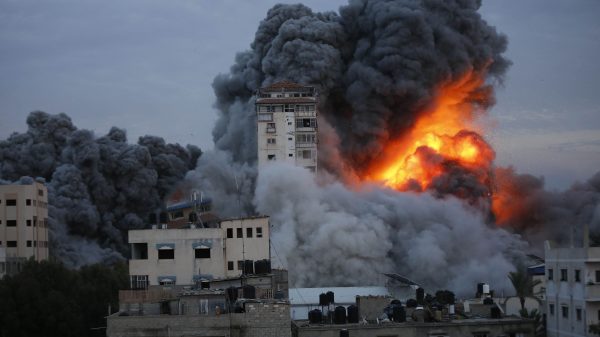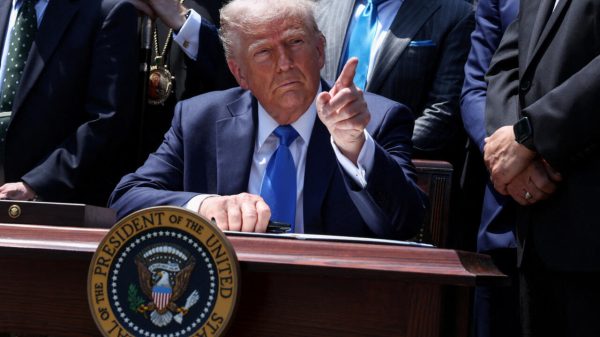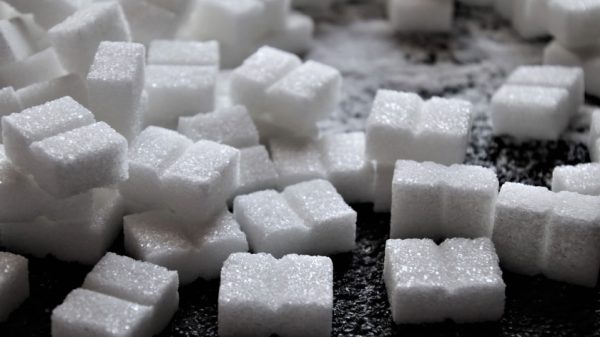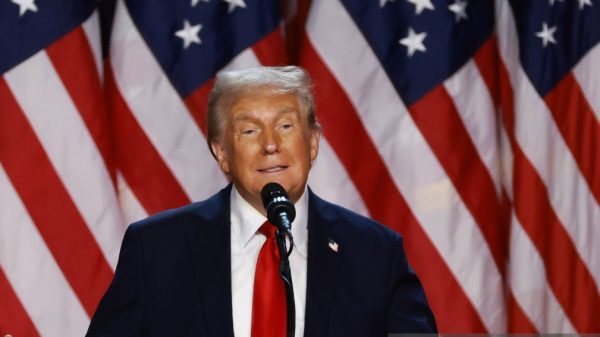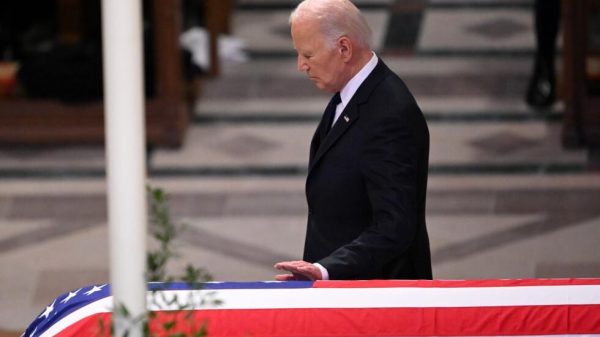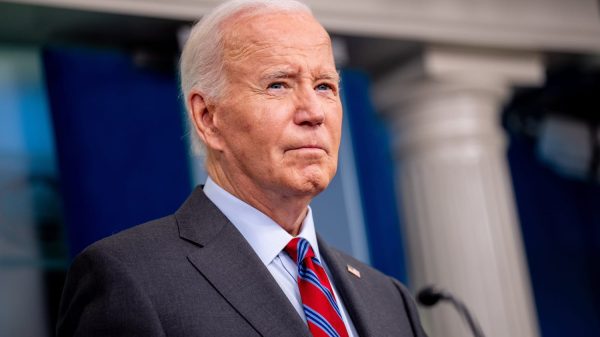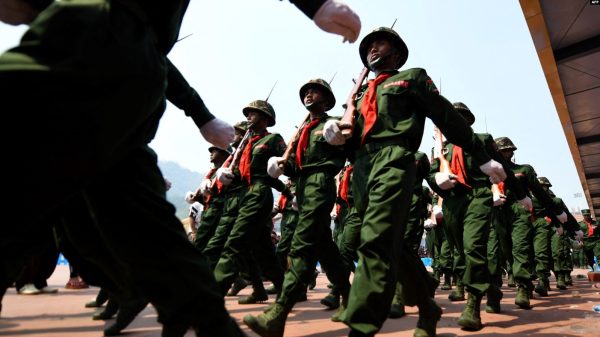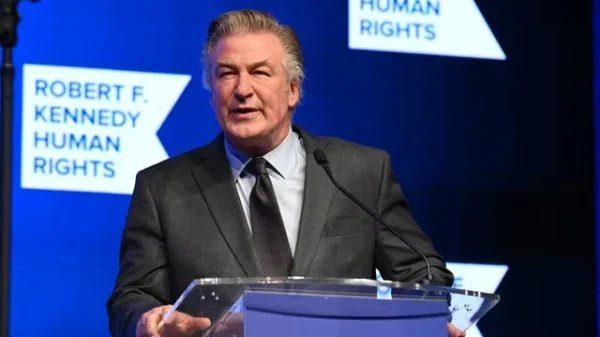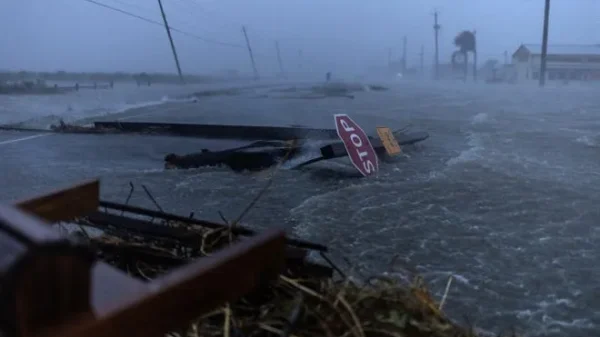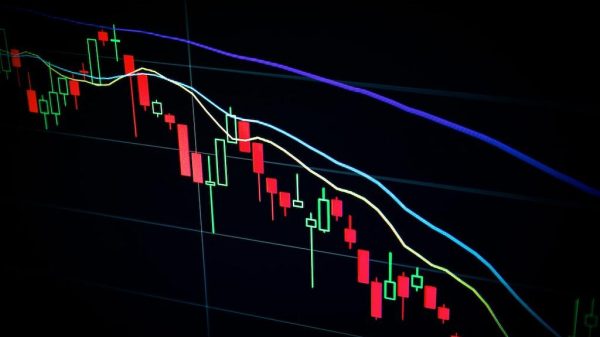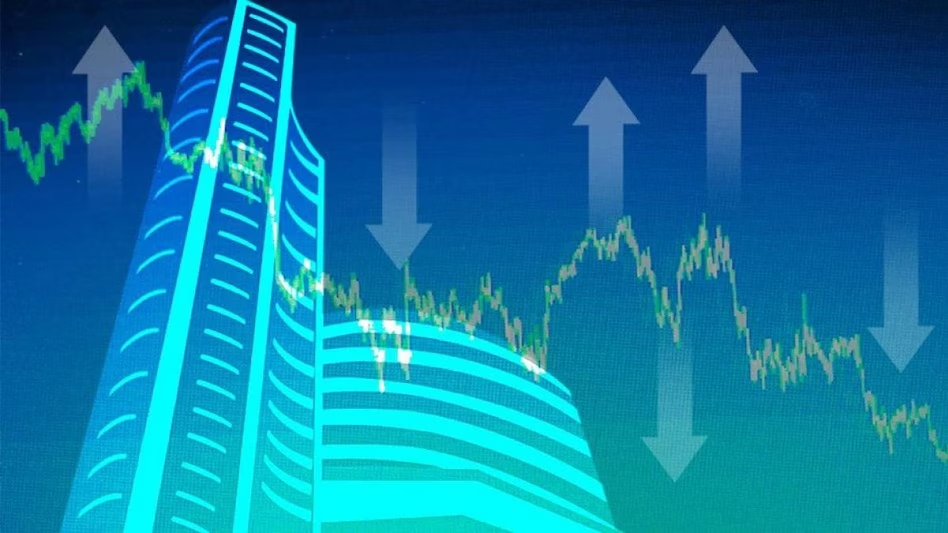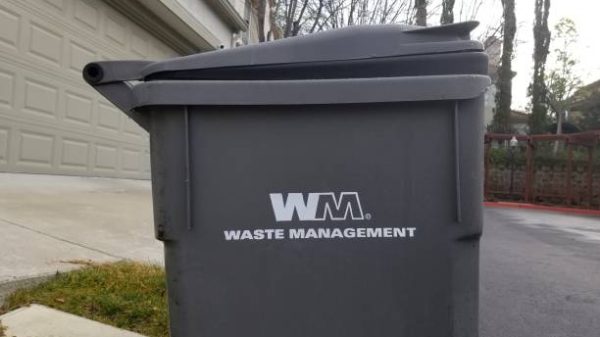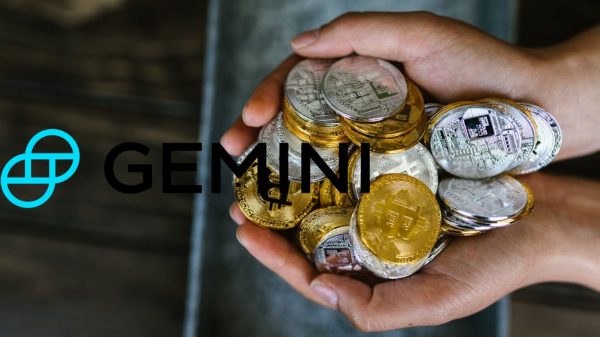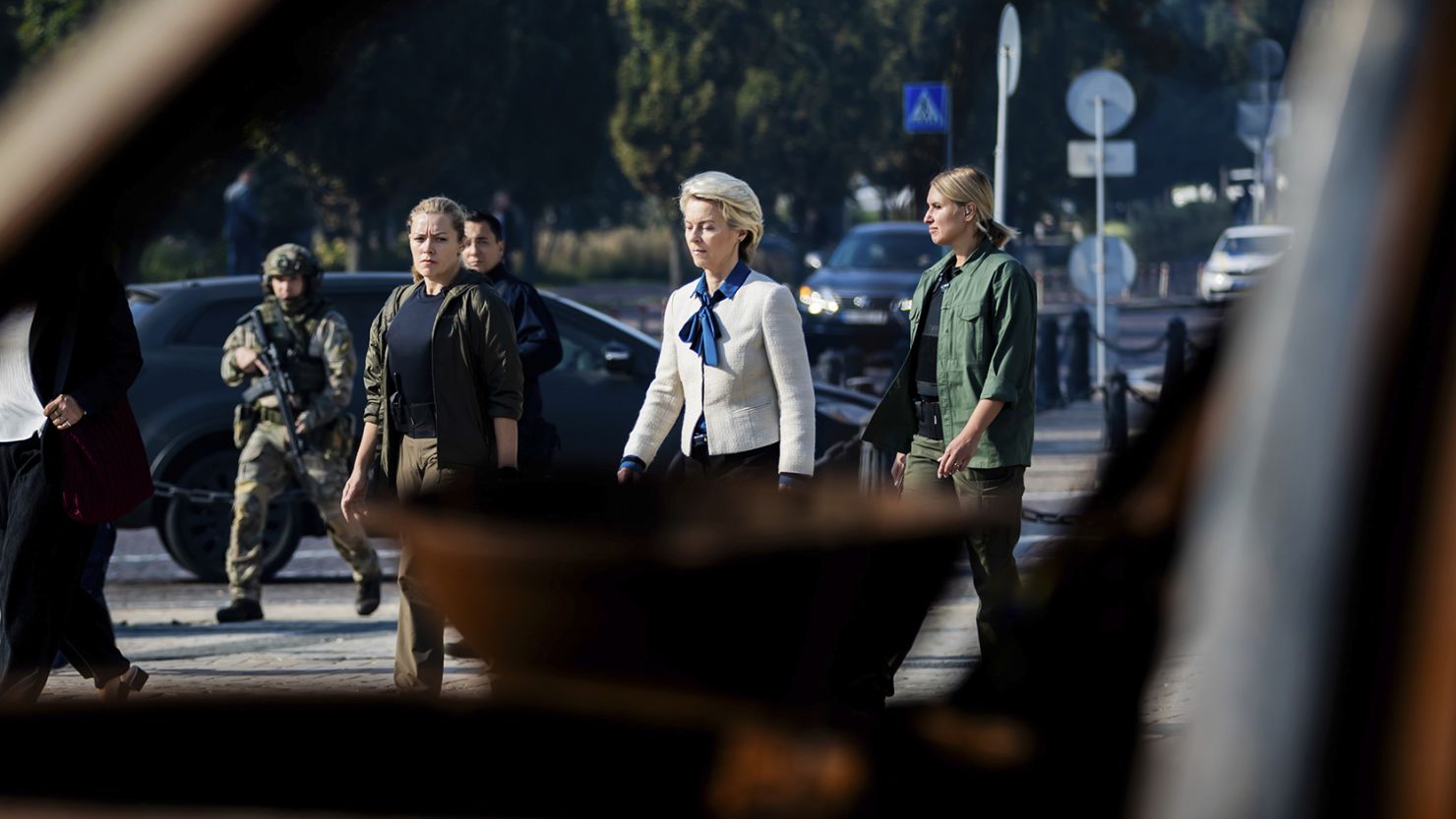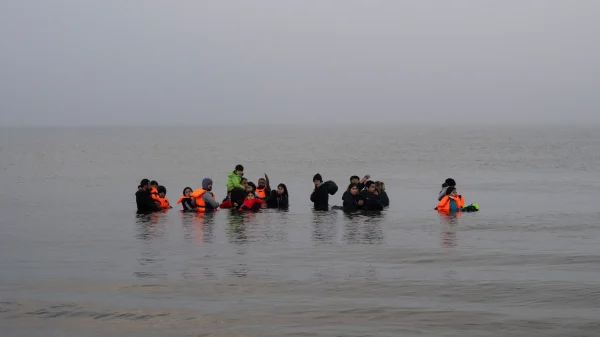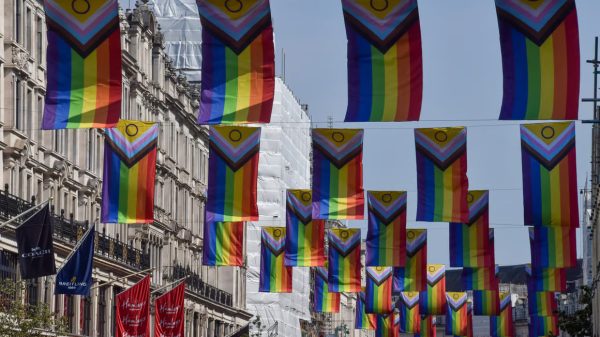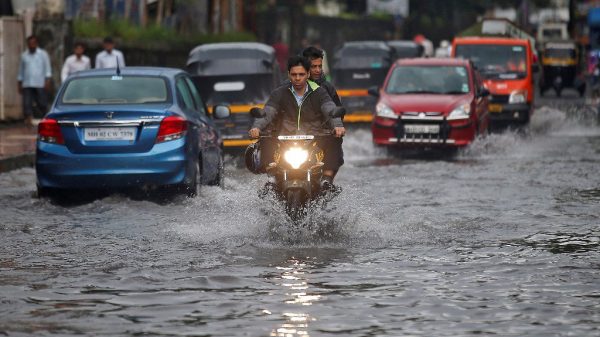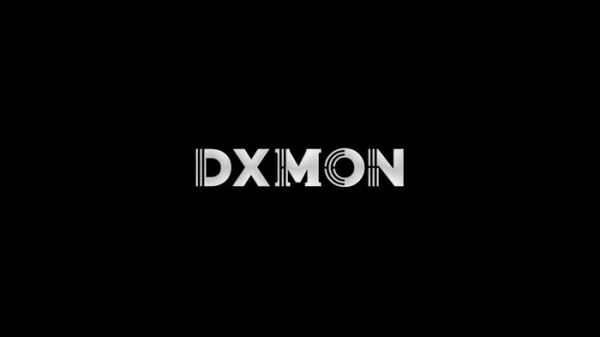On Friday, the European Union pledged to lend Ukraine up to 35 billion euros ($39 billion) as part of a broader loan package arranged by the Group of Seven (G7) major industrial nations. The loan aims to support Ukraine in rebuilding its war-torn economy and power grid.
Back in June, G7 leaders agreed to a $50 billion loan package to assist Ukraine in its struggle for survival. The loans are to be backed by profits from Russia’s frozen central bank assets, but progress in distributing these funds has been sluggish.
“We must make Russia pay for the destruction it caused,” said European Commission President Ursula von der Leyen during a news conference in Kyiv alongside Ukrainian President Volodymyr Zelenskyy.
Von der Leyen noted that the EU had already provided Ukraine with over 118 billion euros ($132 billion) in military and economic aid since the war began in February 2022. However, given Russia’s continued attacks, she emphasized that more support is essential.
She explained that the new loan would go directly into Ukraine’s national budget, bolstering its macro-financial stability and providing much-needed fiscal flexibility.
“You will decide how best to use the funds,” she said, granting Ukraine autonomy over how to allocate the resources to meet its needs.
The loans will be underpinned by windfall profits earned from nearly $300 billion in Russian assets frozen due to its invasion of Ukraine. Most of these funds are held in EU countries, particularly Belgium. Von der Leyen expressed confidence that the EU would deliver the loan swiftly, hoping other G7 countries would follow suit.
Zelenskyy outlined his priorities for the funds, including the reconstruction of Ukraine’s energy network, the construction of more bomb shelters, improving schools, and acquiring more weapons and ammunition.
Von der Leyen’s visit to Ukraine on Friday was focused on assisting the country in restoring and reconnecting its electricity grid as winter approaches.
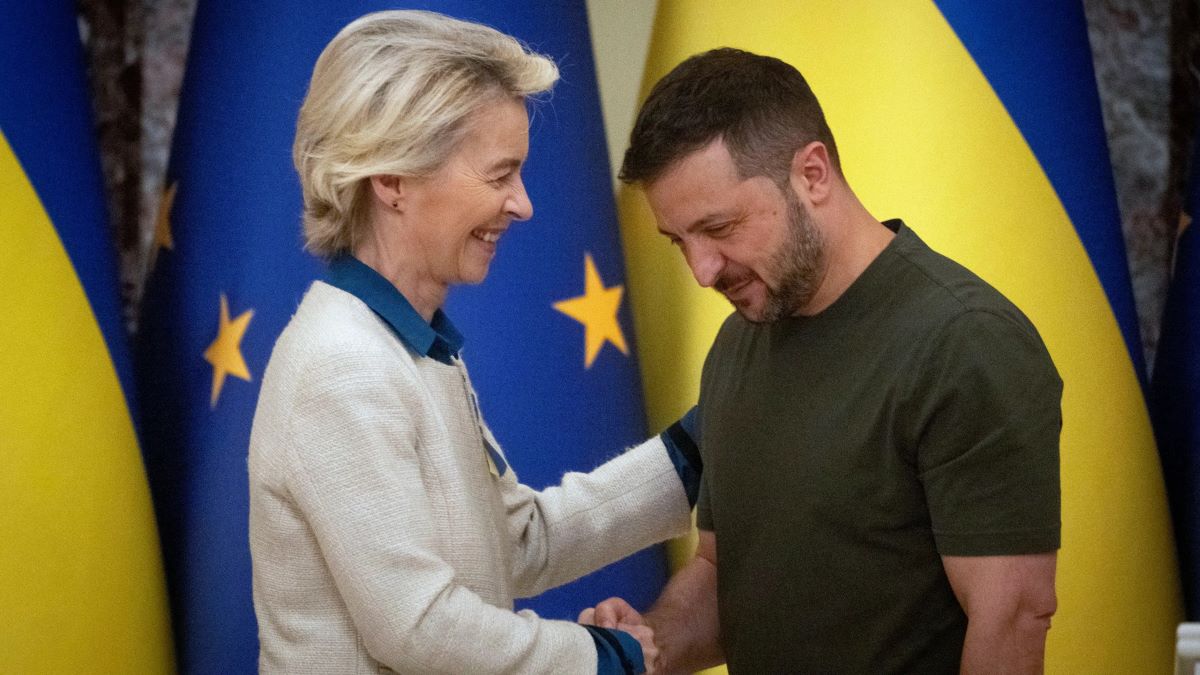
EU Loan To Ukraine (Photo: Efrem Lukatsky)
Nearly half of Ukraine’s energy infrastructure has been destroyed during the conflict, leading to rolling blackouts that leave parts of eastern Ukraine without power for up to four hours at a time. She equated the damage to the loss of electricity in the entire Baltic region—Latvia, Lithuania, and Estonia.
With winter looming, von der Leyen warned that the heating season would begin in just two weeks, and Russia’s persistent attacks on Ukraine’s civilian energy infrastructure aim to maximize disruption. “We will help Ukraine in its brave efforts to overcome this,” she said.
The EU’s goal is to decentralize Ukraine’s power grid, reducing reliance on large power stations that are easy targets for Russian forces. Late last month, a significant attack saw 260 missiles hit energy infrastructure.
Europe has already sent more than 10,000 generators and transformers to Ukraine and is also supplying smaller, more mobile gas turbines that are harder to target and easier to repair.
The aim is to help provide 25% of the 17 gigawatts of power Ukraine will need during the harsh winter months, which last from late October to March, with January and February being the most challenging.
Another objective of the EU’s assistance is to encourage Ukrainians to stay in their country. Since the war’s start on February 24, 2022, around 4 million people have fled Ukraine, many seeking refuge in Poland and neighboring nations.
The EU has been offering short-term help, including accommodations, jobs, and education, but the number of people leaving Ukraine has been rising. The European Commission estimates that 10,000 people are applying for assistance each week. If this trend continues, it could strain European support for Ukraine.
On Thursday, the European Commission announced an additional 160 million euros ($180 million) to strengthen Ukraine’s energy grid, with 100 million euros ($112 million) of that amount coming from profits earned on frozen Russian assets.
Denmark is also taking a leading role in directing these funds to place orders for weapons and military equipment directly with Ukraine’s defense industry.


